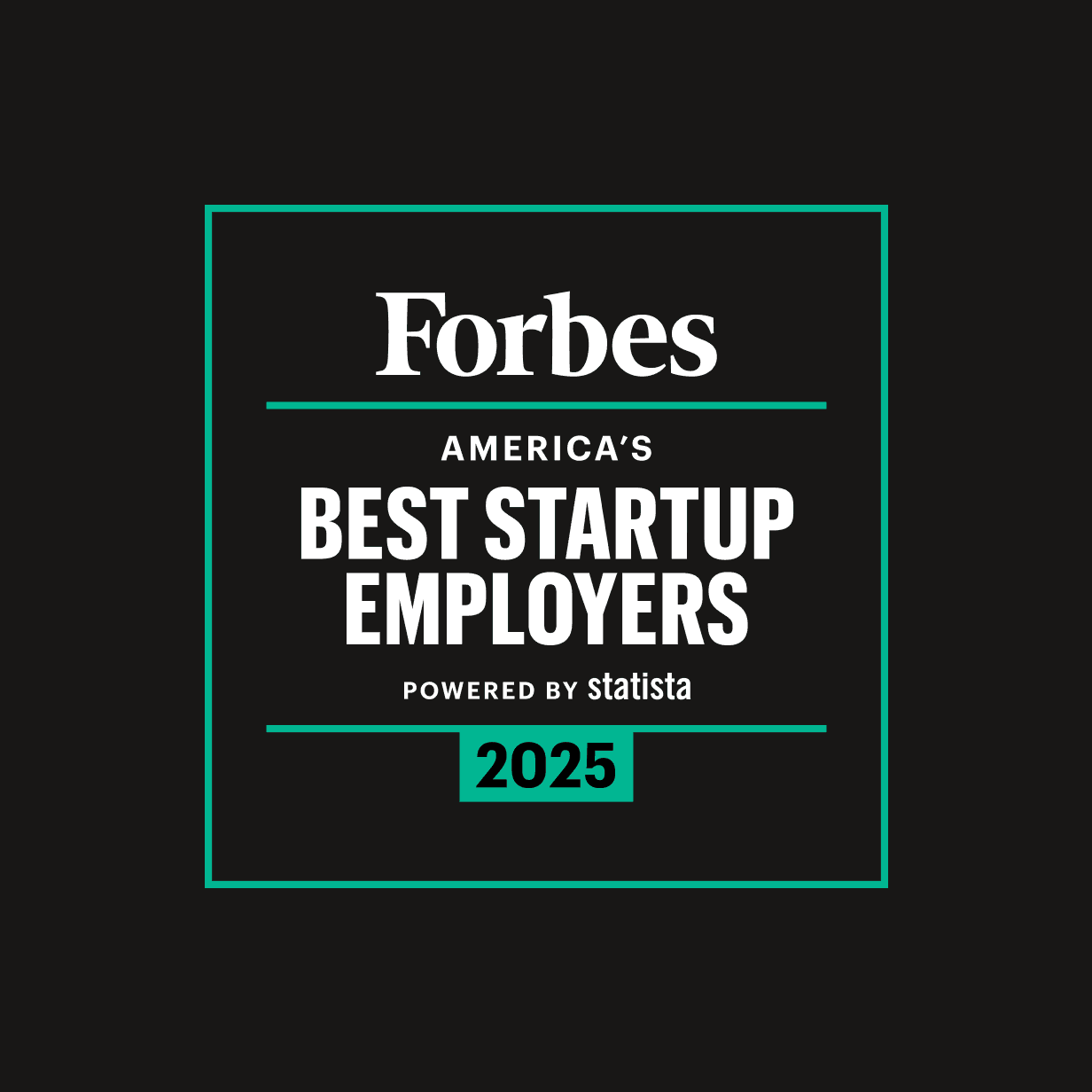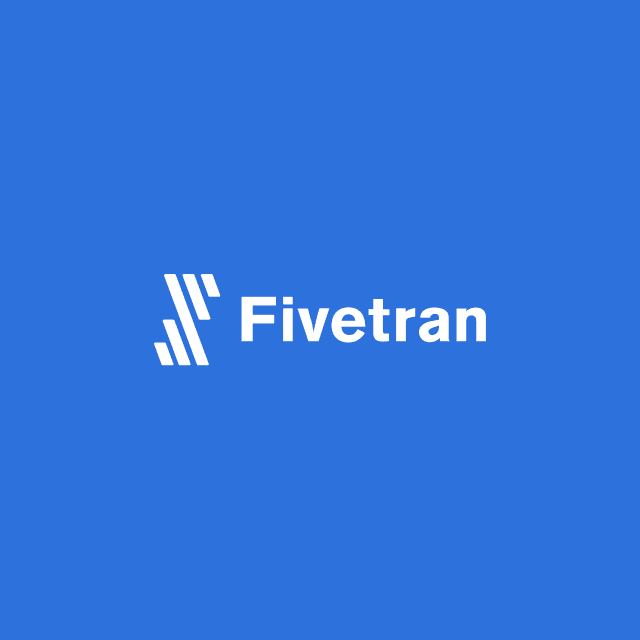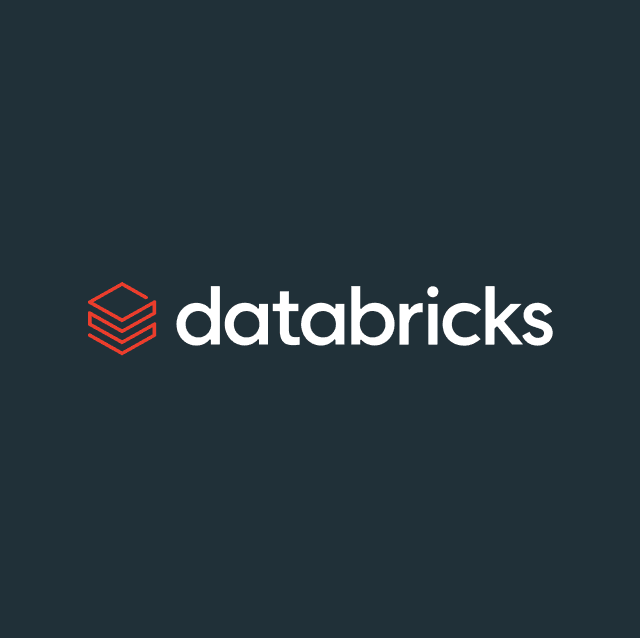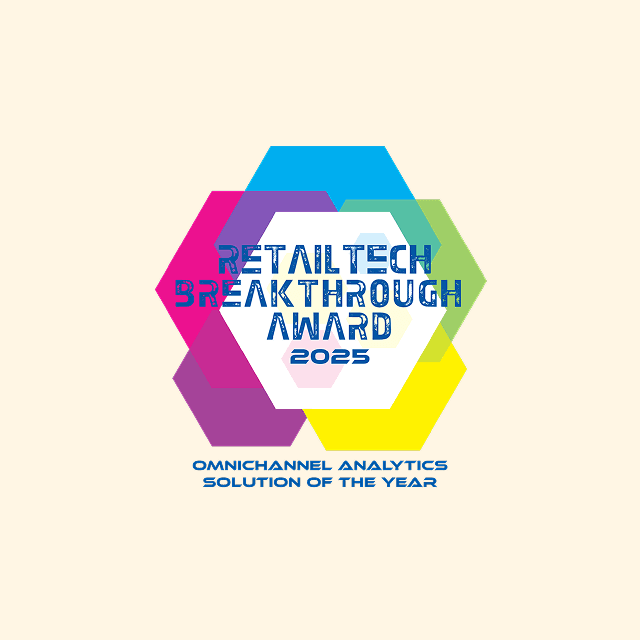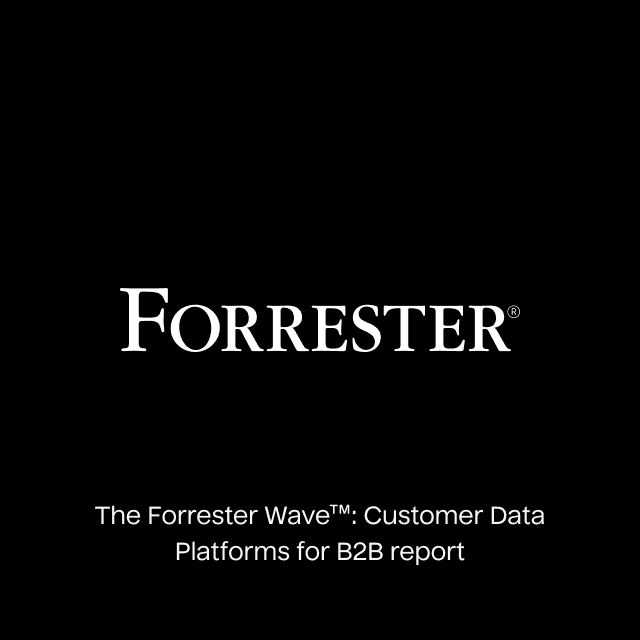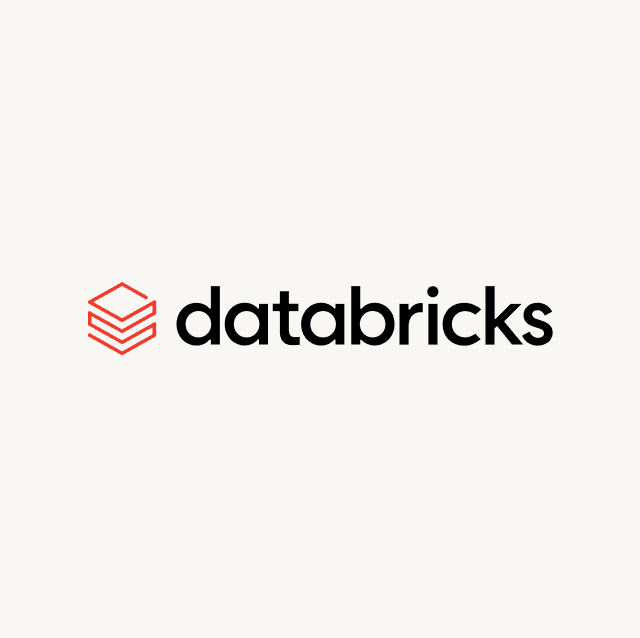A few years ago, the world began playing around with GenAI. We asked ChatGPT to write emails like Shakespeare or craft dad jokes in the voice of a pirate. We prompted Midjourney to show us "a corgi in space, oil painting style," and it delivered. The results were mostly fun but rarely useful.
By late 2024, things started to shift. The copy got sharper. The visuals looked polished. Every day, someone else seemed to wake up to the idea that GenAI might not be a gimmick after all.
Now, in 2025, with models like GPT-4 and tools like Midjourney, Runway, and even Canva AI widely adopted and becoming more realistic by the day, it's no longer crazy to imagine once-bottlenecked facets of marketing like copy, design, and even video collapsing into a prompt box.
We’re not quite in a world where content creation is no longer a constraint on marketing teams… but it's coming fast.
This leads us to a much harder, more important question: In a world of nearly infinite content, what the hell do we do with it all?
GenAI will solve content creation. But it can’t solve content decisioning.
Great, marketers will be able to use GenAI to create hundreds of on-brand message variants. But then what? Do you A/B test two? Segment by some behavioral proxy? Drop the rest into a spreadsheet and have leadership pick their favorite?
While content creation systems have evolved with GenAI, the systems for deploying that content haven’t. According to Salesforce, 76% of marketers use GenAI for content creation. But we’ve seen firsthand that most of these teams are still stuck in manual workflows:
- Generate some email copy in ChatGPT
- Paste it into a Google Sheet
- Test two versions in your ESP
- Wait for results and call a champion
- Then... do the whole thing again next week.
Sure, this “works,” but the workflow doesn’t scale. And it doesn’t learn.
Most companies have been so focused on finding AI to create content that they’ve ignored the harder challenge of finding systems to use that content.
Content without decisioning is noise
Imagine a massive symphony where every musician is trained at Juilliard. Now, imagine there’s no conductor.
That’s GenAI without a decisioning layer. Beautiful pieces, but no harmony. Magic only happens when there’s someone making sense of it all. What to play, when to play it, and for whom.
And the same is true in marketing. What good is a thousand creative versions if you are still left questioning which to use for each customer? Or what channels to use them on?

These aren’t content-creation questions.These are decisioning questions, and we’re barreling towards a world of nearly infinite content where marketers will be left trying to answer them with marketing paradigms (calendars, journeys, and A/B tests) built over a decade ago.
Martech today is built for a world where content is finite
Today’s marketing workflow looks a bit like this: You write one or two subject lines. You build a journey. You define a segment. You run an A/B test. You pick a winner and move on.
But that mental model breaks down when you can generate 50 subject lines and 100 different email variants for a single win-back use case in a few minutes. The decisioning complexity explodes. Suddenly, you’re looking at hundreds—maybe thousands—of combinations across messaging, offers, channels, timing, and audience segments.
You can’t A/B test your way through that. You can’t journey-build your way through that. And you certainly can’t batch-and-blast your way through it.
We need a new system.
To navigate near-infinite content, marketers need AI agents
The next evolution in marketing will be driven by agentic systems that determine which experiences individual users should receive based on a set of business goals.
This emerging category is called AI Decisioning.
These systems sit between content creation and delivery, integrating directly into a brand’s existing tech stack. They enable marketers to build and deploy AI agents that continuously test, learn, and make decisions optimized for outcomes like purchases, engagement, retention, or lifetime value.
The agents are powered by reinforcement learning, the same technology behind AlphaGo, self-driving cars, and the algorithms that run YouTube and Netflix. But instead of optimizing for wins or watch time, these agents optimize for your marketing goals. They run experiments. They adapt. And ultimately, they learn not just what individual content works but what overall marketing strategy wins.

If you’ve used Meta Ads or Google Ads in the last five years, this concept should feel familiar. Performance marketers no longer manually control every variation of ad campaigns. Instead, you set a goal (ROAS, CPA, conversions), upload your creative assets, and the system figures out the best combinations to hit your target.
What’s new is that this same pattern is coming to owned channels: email, push, in-app, web, CRM, and lifecycle—this time, with the governance and visibility needed to trust the system and learn alongside it. And when combined with GenAI, it unlocks an entirely new paradigm for how marketing gets done.
GenAI + AI Decisioning = The next marketing flywheel
Many early adopters of AI Decisioning are using it to improve how existing content is selected and distributed. But there's a much larger opportunity to connect decisioning systems directly to the content creation process itself.
When paired with GenAI, AI Decisioning forms a closed-loop system: GenAI generates creative options, and the decisioning layer evaluates their performance, determining which variations to use for which users. The results of those decisions then feed back into future content generation, allowing both systems to improve over time.
In this model, GenAI operates as the input layer enabling teams to use LLMs to create content at scale, while AI Decisioning acts as the optimization layer using reinforcement learning to continuously optimize and learn which types of content drive more of your desired outcomes. The relationship between the two forms a flywheel: content feeds decisions, and decisions inform content.
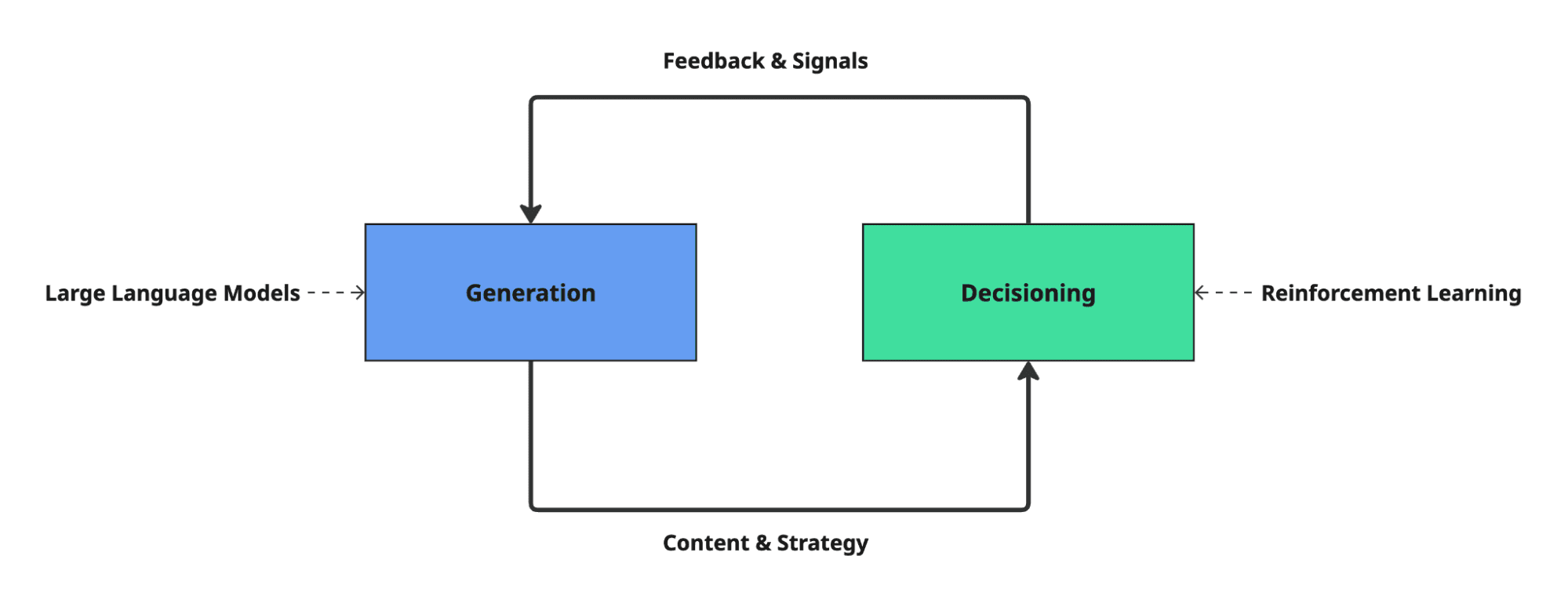
The long-term success of this system, however, will depend on more than just automation. Marketers must remain actively involved. AI systems need to be transparent and auditable. Teams must be able to approve content, inspect how decisions are made, understand which experiments are running, and apply appropriate levels of oversight. Governance and trust are non-negotiables for this to be true in any production environment at the enterprise level.
The leading tools in GenAI and AI Decisioning are not quite there yet. But with AI evolving faster than anyone expected, “not quite there yet” may be closer than it seems.
The road ahead
In the coming months, marketers will continue to make significant progress in adopting GenAI for content creation. The creative bottlenecks that once constrained teams will begin to disappear. However, solving content production is only the beginning. There is still a challenge in decisioning—determining which content to deliver, to whom, through which channel, and at what moment. And an even larger opportunity to tie the two together.
Together, GenAI and AI Decisioning represent a new model for marketing, one in which content generation and deployment are tightly integrated and continuously optimized through data.
The marketing teams that win in the next five years won’t be the ones that generate the most content. They’ll be the ones who built systems that knew what to do with it and integrated the two.
So go ahead—keep prompting. Keep creating. But don’t forget decisioning.
Because that’s where the next real breakthrough in marketing lives.







